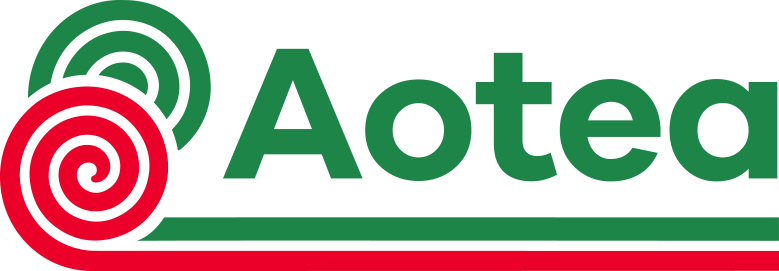It is very important to make the right decision in an industry where there so many options as to what size heat pump, what brand or model, or who to install. At Aotea Electric we size the correct heat pump system for the room or office and provide the back-up service to give you, the customer, peace of mind that you have made the right choice. Our installers operate all around New Zealand.
Air Conditioning & Heat Pumps
FAQ
Key considerations include the size of the area you wish to heat or cool, the local climate, the number of windows in the area, insulation in the walls and possible location options. Correctly determining the size of equipment for your space is critical and directly relates to how much energy or heat the unit can produce. An undersized unit will be ineffective in bringing a room to the desired temperature, while an oversized unit will turn off and on frequently, causing wear and tear. To help, we can tailor make a system suited to your needs and provide an obligation-free quote.
A typical back to back installation of a single split system, without any complications, takes approximately four hours. Meanwhile, installation on an internal wall can take up to one day. Times can vary from project to project, depending on the complexities of the building, pipe runs or electrical requirements.
Modern heat pumps are generally unobtrusive in style and size. Hi-walls are mounted close to the ceiling and some floor consoles can be recessed into walls. Cassettes and ducted split systems can be hidden in the ceiling.
Good quality equipment, installed by qualified contractors, can have a life span of 10 to 15 years. Poor maintenance and environmental factors can cause premature failure. Regular inspection and maintenance will allow your system to operate normally for as long as possible.
The average warranty period for a new heat pump in New Zealand is five years.
No. The leading brands on the market have very reasonable noise levels. You will find most of the noise you are hearing inside your house is the sound of the air being forced out of the internal grills, similar to a circulation fan. You can control how fast the internal fan runs and thus its’ noise levels, by using the remote control.
As a guideline, it is recommended that commercial systems have a thorough annual preventative maintenance check, coupled with three quarterly filter checks. Residential units require a comprehensive service every two years as a minimum (when filters are being cleaned regularly). However you may wish to do this annually before each winter to ensure your unit is working optimally. It is important to keep vegetation clear of the outdoor unit so that airflow is not impeded and to check the unit is clear of leaves monthly.
A commercial unit requires a quarterly check, as part of an annual preventative maintenance plan. For residential units we recommend you review your filters and clean them monthly, as they become dirty quickly.
If damaged, yes. If not damaged they do not need to be replaced, but they do need to be cleaned regularly.
The EECA (Energy Efficiency Conservation Authority) has identified heat pumps as one of the most energy efficient forms of heating around. Heat pumps do not create heat, they simply move available heat from one place to another. The little energy that is needed is predominantly used to run the compressor. A heat pump typically uses 1kW to create 4kW of heat.
Aim for a minimum of 18ºC while you are using the space (consider increasing this slightly if you have children, unwell people or elderly). Reduce to around 16ºC for bedrooms overnight.
Fixed Speed System
Fixed speed systems get to temperature slowly as the output rating is fixed, they then turn on and off to maintain the room temperature.
As the fixed speed system has only one speed that it can run at, it takes longer to get to the required temperature which tends to use more power than an inverter driven system.
Inverter Systems
Inverter systems work differently by initially increasing output to achieve the desired set temperature faster and then continually adjusting their cooling and heating output to maintain a constant room temperature. The use of inverter technology removes power fluctuations and wastage experienced in fixed systems creating energy savings and consistently comfortable, quite environments.
It is quite common for water to drip from the outdoor unit in the winter and from the indoor unit drain to the outside in the summer. The amount of water produced is similar to a dehumidifier.
Try changing the batteries in the remote again, as even in a new pack there may be faulty batteries. Your remote control will need the batteries changed periodically, when the screen becomes faint or when it becomes less responsive. When you do this, the heat pump will revert to its factory settings and will need to be readjusted. You can avoid this by changing one battery at a time.
A heat pump can make a sound like air being exhaled or gurgling when defrosting. When the temperature drops, heat pumps need to perform a ‘defrost cycle’ to remove ice build-up on the outdoor coils and maintain efficiency. This can mean your heat pump will temporarily stop operating or will blow out cooler air. It is important not to turn your unit off whilst the defrost cycle is running.
If your unit continues to make noises or is not operating it may need further investigation from a trained technician. We have a number of technicians able to diagnose and repair faults, including parts replacement in a wide range of equipment. Please contact for an appointment.
